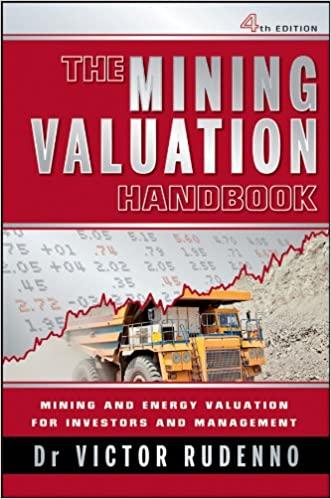

- Should Milliway participate in Series E? Give pros and cons. 50-100 words
On the Horns of a Dilemma: Teapot Technology 2 As a new associate at Milliway Capital, a top tier early stage venture capital firm based in Menlo Park, California, and a recent HBS graduate, Martin Smith was surprised that he didn't have a clear solution for the task facing him. On this clear morning of November 2008, Robin Devito, the Milliway partner whom he supported, had approached him with a stack of folders, board notes, and presentations on Teapot Technology, one of the firm's most turbulent investments. "It's time for a pair of fresh eyes on this," she said, "Why don't you look this over and tell me what you think we should do with this? And, by the way, the review meeting is this afternoon." Teapot Technology, an enterprise security provisioning company, was an orphan. The investment of a partner who had since left the firm, it had come to Devito "because I was late to a meeting one day," she joked. In its 12-year history, the team had developed good technology but something had always gone wrong. The management team had been a revolving door as investors fired the founder, recruited a CEO, fired the CEO, re-engaged the founder as CEO, fired the founder again, recruited a head of engineering and a new CEO, and fired the head of engineering, sometimes in parallel and all at great expense both in money and team distraction. Teapot had raised and burned $50 million in equity and an additional \$15 million in venture debt. Milliway helped to recapitalize Teapot in 2001, washing out previous investors that had invested $19 million. Milliway's total investment in the company was now $9 million, for 10% of the equity and 32% of the $40 million in preferences. Earlier in the year, Milliway had participated in the first round of a bridge that was supposed to support the company while it raised an E round from outsiders. The round did not occur, as no outsiders wanted to invest, let alone lead a financing. The insiders, except for Milliway, decided to participate in an insider-only round at a low valuation and punitive terms for non-participation. In a curious structure, the investors participated in the second tranche of the $15 million bridge, followed by a $15 million equity round. The E round folded the $15 bridge loan into the equity investment for a total financing of $30 million at $30 million pre-money with 75% warrant coverage and a participating preferred security with no cap. Smith could see some real positives about participating. Teapot finally appeared to have a genuine CEO, an industry veteran with sales experience. Further, the technology was universally regarded as the best available. Teapot had recently won important intellectual property litigation and could now file suit against a number of major players, possibly gaining a substantial stream of license fees. Monthly revenue was rising and had set a record in the past quarter. The pipeline looked strong, although the sales force was lamentable. Moreover, sticking with the company especially when many top tier firms were cutting their portfolios would send an important message to both CEOs and limited partners about Milliway's commitment to its companies and its long-term outlook. In fact, one of the investors backing Teapot had invited Milliway into a few good deals over time and had specifically asked DeVito "not to cut this one loose." But Milliway's share of the E round would be \$3 million-was that relationship worth it? Devito's write-up wryly commented that Teapot might continue its historic record of underachievement. The burn rate would rise as Teapot prosecuted its IP suits and strengthened its sales force. With rising revenues and margins, the company projected reaching cash-flow breakeven (CFBE) in the second quarter of the coming year. "But CFBE has been a quarter or two away for the past several years," Devito had written, "We've heard it all before. The way our preferences work out, we only make an outsized return if there is an exit between $51.5 million and $82 million." Smith looked through the cap table and the details of Milliway's preferences. Devito's analysis projected an exit at something around $100 million, based on the sales of comparable companies. At an exit of $100 million, the Series E investors owned $68 million. If Milliway participated pro rata [proportional to its ownership], the firm would own 10% of that for an incremental investment of $3 million. Otherwise, its ownership would be crushed to 5% and, with its junior preferences, Milliway would be paid last, especially given the $15 million of venture debt that was senior. Smith did a quick calculation. If Milliway did not participate in the Series E, it would receive $920,000 on its total investment of $9 million in the event of a $100 million exit. If the firm did invest in the E, bringing its total investment in Teapot to $12 million, a $100 million exit would return $6.8 million. Smith muttered, "So the question is: lose a little or lose a lot?" But it would then reinforce its relationship with the coinvestor-and the exit might just be at more than $100 million. It had been a long 12 years; might Milliway be dropping out of the race when the finish line was right around the corner








